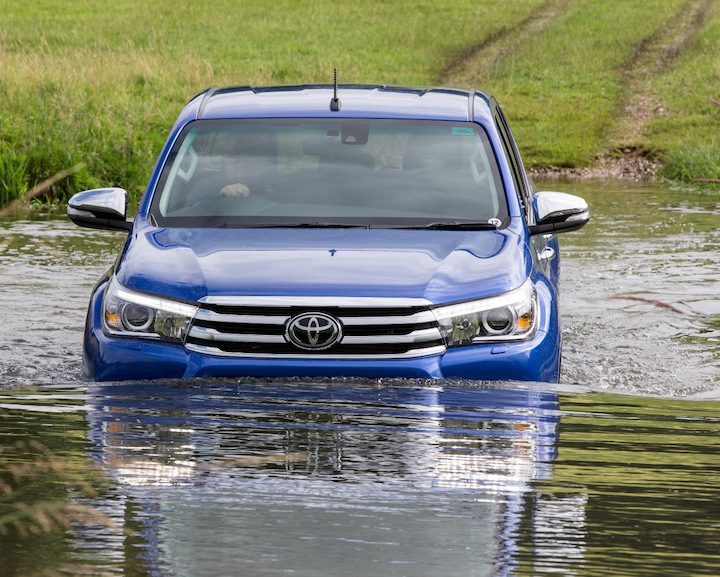With heavy rain expected to hit parts of Britain this week, there’s some timely advice on driving on flooded roads.
MoneySuperMarket spokesperson Sara Newell warns this could lead to major vehicle damage and expensive insurance claims as even a small amount of water getting into your engine can cause serious damage.
“If your van is damaged by floodwater, contact your insurer immediately. Take clear photos of the scene and any damage, both inside and out to support your claim.”
Expert tips for driving in storms
The safest option is always to avoid driving during severe weather and move your vehicle to higher ground where possible. However, if travel is unavoidable, follow these expert tips to stay safe:
- Turn on your headlights for visibility and keep the demister running to prevent windows from misting up.
- Reduce speed and double your usual stopping distance on wet roads, where tyre grip is reduced.
- If your van starts to aquaplane, ease off the accelerator gently without braking.
- Where safe, drive in the centre of the road – this is typically the highest and driest point.
- If a road is flooded entirely, avoid driving through it. Even shallow water can hide deep potholes and cause damage to your vehicle.
- Only attempt driving through water that is clearly shallow and safe. Enter slowly in first gear at around 1–2mph and keep engine revs steady. Never drive through fast-moving water and never drive through standing water if you’re unsure of the depth.
- After passing through standing water, gently apply your brakes to check they are working properly.
Sara adds, “Storms can cause unexpected damage to your vehicle. Take a few minutes to review your van insurance policy today to ensure your cover includes flood and storm damage and ensure you know what to do if the worst happens.”
